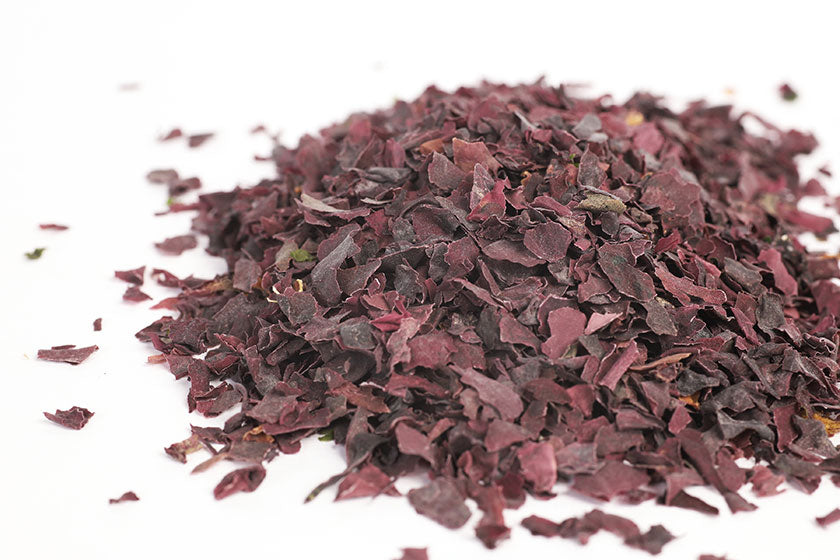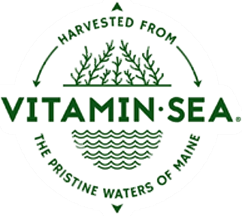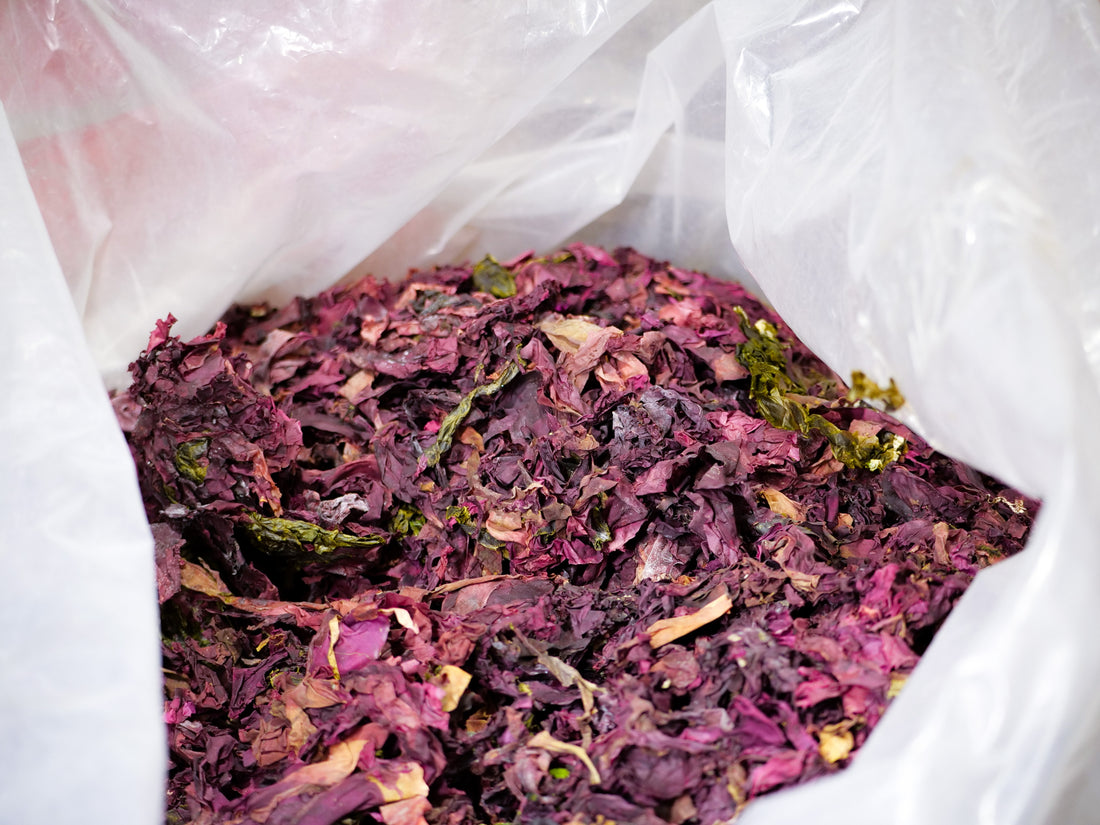Seaweeds are classified as algae, although they are often referred to as 'sea vegetables' or 'plants from the sea’. Red seaweeds, also known as Rhodophyta, are a diverse group of marine algae characterized by their red or purplish coloration.
All seaweeds photosynthesize, just as land plants do. However, they do not produce flowers, have roots, or systems for transporting water and nutrients. They all contain chlorophyll which is synthesized and stored in the seaweed's cells.
Seaweeds also contain other pigments which are used to capture light for photosynthesis or to protect against harmful ultraviolet radiation.
The pigments present in seaweeds are used to help classify them into three broad color groups – green, red, and brown.
What Are Red Seaweeds?
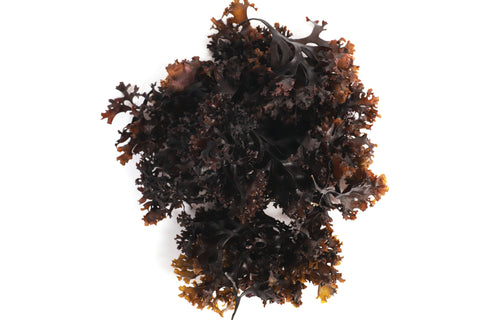
In addition to chlorophyll, red seaweeds also contain red and blue pigments such as phycoerythrin, phycocyanin, and allophycocyanin. These pigments interact in different combinations that can mask the green chlorophyll.
Known for their ability to occupy a wide range of ecological niches, red seaweeds are the oldest and largest group of algae. Most grow in saltwater, although some can grow in freshwater, contributing to the biodiversity and productivity of marine ecosystems. Their distinctive color pigments allow them to survive at great depths where they can still absorb the light they need to photosynthesize.
Red seaweeds vary greatly in size, color, shape, and ecosystem. Despite their name, their color can range from pink through to crimson, dark red, purple and orange. They tend to grow more slowly than brown or green seaweeds, and also live in warmer waters.
There are over 6,000 species of red seaweeds. We harvest the most popular edible red seaweeds here in Maine including Nori (Laver), Dulse, and Irish Moss (Chondrus crispus).
Nutrients and Minerals In Red Seaweed
Red seaweeds are an excellent source of minerals, carbohydrates, antioxidants, enzymes, and generally very high in dietary fiber. They are also rich in agar, carrageenan, and have a positive potassium/sodium balance. Red seaweeds are an excellent vegetarian source of high quality, complete protein – containing all the essential amino acids the diet requires.
They are also a source of heme iron (a form of iron that can actually prevent iron-deficiency anemia). Red seaweeds are a good source of iodine, well suited to maintaining healthy thyroid function.
What Are The Health Benefits Of Red Seaweeds?
Generally, red seaweeds are naturally anti-viral, anti-bacterial, anti-parasitic, anti-biotic, anti-inflammatory, antiseptic, and antifungal! Due to their nutritional composition and bioactive compounds, they offer a range of potential health benefits.
Red seaweeds are known to have a ‘tonic effect’ on the body that promotes overall well-being, vitality, and resilience, which helps to:
- Strengthen the immune system
- Promote cardiovascular health and regulate cholesterol
- Nourish the nervous system
- Improve resistance to stress
- Relieve congestion in colds and flu
- Soothe the skin and digestive tract
Dulse in particular is known for its toxin binding properties and is a key ingredient in the Medical Medium’s Heavy Metal Detox Smoothie!
Another widely popular red seaweed is Irish Sea Moss, a nutritional powerhouse! Learn about the magic of Irish Sea Moss and how to use it to optimize your health.
How To Cook and Bake With Red Seaweeds
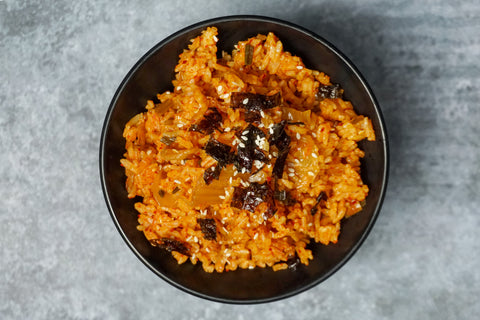
Each red seaweed has a unique flavor profile which can be used in vastly unique ways. Experiment with different red seaweeds in your cooking to see which flavor you prefer.
Here are some ideas to get started with adding a little red seaweed to everyday meals. Remember to use seaweed as you would any spice or herb!
- Add Dulse to soups, pesto and savory baking for a nutritional boost.
- Dulse blends very well and is a popular smoothie ingredient
- Eat Dulse or Nori straight from the bag as a raw snack
- Sprinkle a few flakes of Applewood Smoked Dulse on top of a cracker with cream cheese
- Applewood Smoked Dulse is good for adding a smoky flavor to any dish
- Use Irish Moss instead of gelatin or pectin
- Sprinkle Nori on top of stir-frys, soups, and salads.
Try our red seaweeds and “sea” for yourself!
